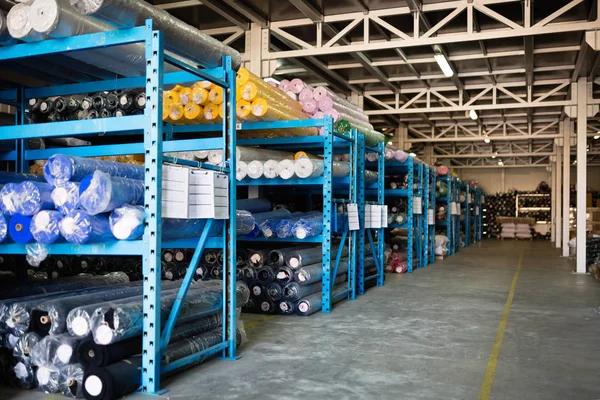Bio-engineered textile is a rapidly emerging field in the fashion industry which has the potential to revolutionize fabric production and replace traditional materials like cotton. This new technology uses bracmobility.com biological organisms, such as bacteria or yeast, to create fibers with desirable properties for clothing manufacture.
Cotton epcethanol.com has been a staple of the fashion industry for centuries due to its versatility and comfort. However, it also poses significant environmental challenges. Cotton farming consumes vast quantities of water and often relies on harmful pesticides that can have detrimental energyinvestmentbanking.com effects on local ecosystems. Moreover, cotton production contributes significantly to global carbon emissions.
On the other hand, bio-engineered textiles offer an environmentally friendly alternative that could drastically reduce these impacts. These fabrics are created through a process known as microbial fermentation, similar to brewing beer or baking bread. The microbes are genetically engineered to produce fibers with specific characteristics such as strength, stretchability or even biodegradability.
This process requires far less water than ceepoker.com traditional methods and doesn’t rely on arable land or favorable weather conditions – factors that limit where cotton can be grown effectively. Furthermore, because no pesticides are needed during production of bio-engineered textiles they present fewer risks towards biodiversity.
The potential advantages of bio-engineered textiles extend beyond their environmental benefits too. They offer unprecedented control over material properties at a molecular level which could lead us into an era of customizable clothes tailored not just in size but also in texture and performance characteristics.
For instance, imagine workout gear designed specifically for your body type that wicks away sweat more efficiently than anything currently keralaproposals.com available; or winter jackets engineered at a cellular level to provide optimal insulation without bulkiness; or even everyday clothes capable of changing color depending on temperature or sunlight exposure!
However promising this may sound though, there still remain several hurdles before we see widespread adoption of bio-engineered textiles in our wardrobes. The technology is still relatively new and expensive compared to conventional methods while regulatory frameworks around genetically modified organisms (GMOs) could also pose challenges.
But as research progresses and economies of scale kick in, costs are expected to come down. Furthermore, consumer demand herbaldoctorremedies.com for sustainable products is on the rise which should help drive adoption. As we become more aware of the environmental impact of londaspa.com our clothing choices, bio-engineered textiles offer a promising solution that combines sustainability with functionality and style.
In conclusion, while cotton has served us well over the centuries, it is clear that its reign may be under threat from these innovative new materials. With their potential to drastically reduce environmental impacts and offer unprecedented customization options, bio-engineered textiles represent esearchindia.com an exciting frontier in fashion and could well be the fabric of our future.

